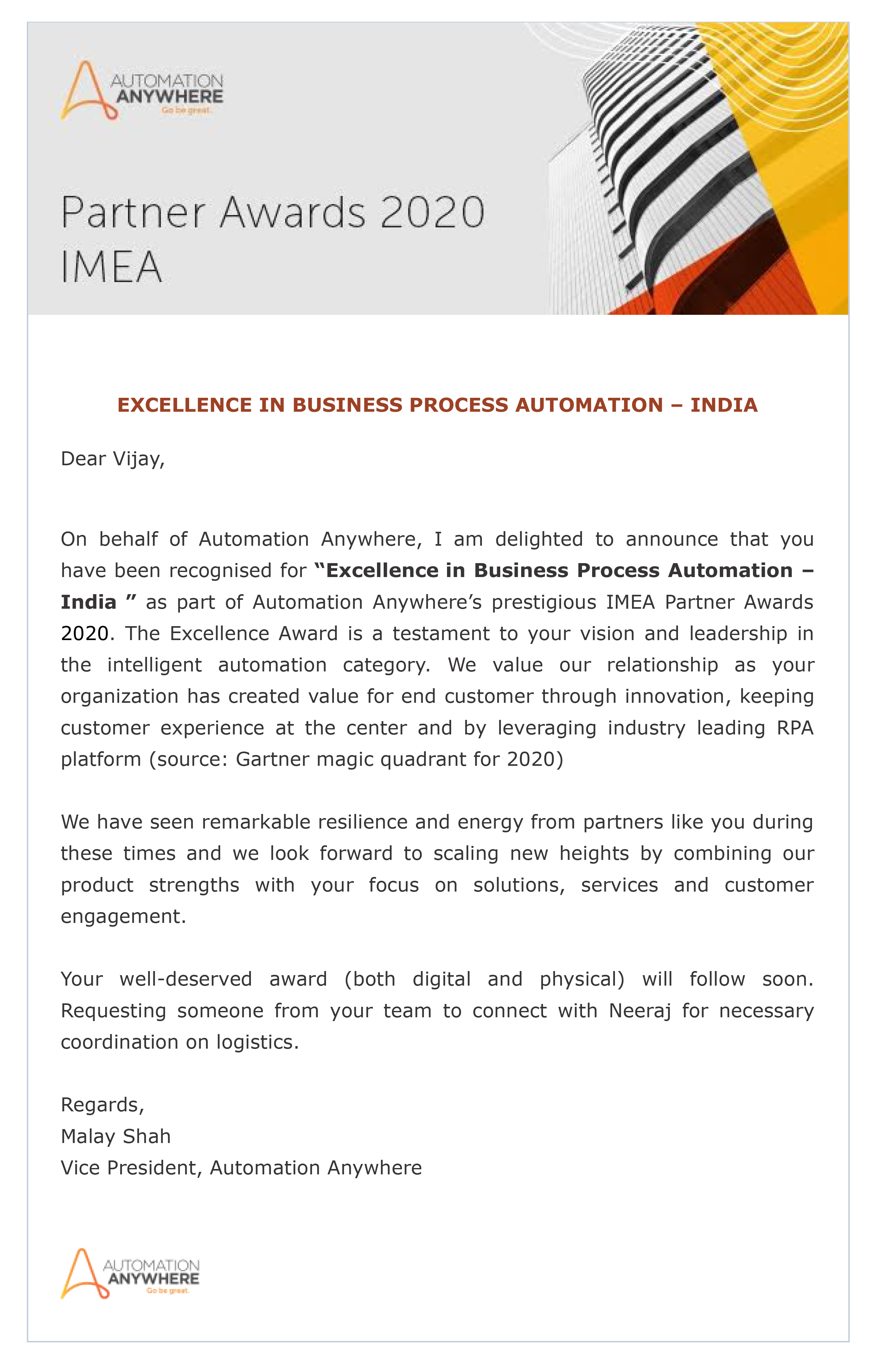The use of automation in the workplace is a trend that has been gaining traction over the past few years. One of the most recent innovations has been the use of bots to perform simple, repetitive tasks that typically take up too much human time that could be better spent on high-value tasks.
Robotic process automation (RPA) advanced automation from individual tasks to entire processes. Then the digital worker came along and once again advanced the use of bots in automation, making it possible to provide full automation of entire back-office job roles for complete end-to-end automation.
However, with the need for easy scalability, automation has once again advanced. With the growing popularity of Bot-as-a-Service, it is important to understand what this means for your organization.
The Need for Scalability
Scalability is an important consideration when it comes to the automation of your workforce. According to a Deloitte Global RPA Survey, a mere 3% of organizations have been able to successfully scale their digital workforce. Yet, in today’s chaotic global climate the need to scale is crucial for survival.
This is the motivation behind Tangentia’s development of their TIA Digital Worker, a cloud-based automation system that let’s you choose how much bot service you need and when you need it.
The Power of the TIA Digital Worker
The TIA Digital Worker is software that takes advantage of everything AI, RPA and machine learning (ML) have to offer. When you embrace the cloud-based TIA Digital Worker, you will be able to take full advantage of the service without the hassle of on-premise hardware and the difficulty that comes with scaling to meet your needs.
Tangentia makes it possible for you to purchase full-time bot usage or to purchase bot usage for just a few hours a day. Scale those bot hours up or down as needed to maximize automation without overpaying. Bot usage is charged on a monthly basis, and there are peak hours (10 am to 5 pm) and non-peak hours that allow you to manage your use of the bots for maximum benefit at minimum cost.
Best of all, the benefits of TIA Digital Worker go beyond the power to scale. Efficiency skyrockets as employees are freed up to focus on tasks that have more value for the organization. This includes more time spent on innovation and increased customer interaction and satisfaction. Additional benefits include:
- Cross-departmental functionality
- Full automation of an entire job role, individual processes within a role or specific tasks within a process
- Full customization to suit the unique needs of your organization
- Ability to set the parameters for complete control over your digital workforce
- Enhanced, easy communication and collaboration with your digital workforce
The use of the TIA Digital Worker also puts you in the right position to take full advantage of hyperautomation, which takes this end-to-end automation and adds a level of intelligence to it that is capable of capturing and analyzing data in real time to support decision-making within the organization.
With a constantly changing global business environment and increasing demands on organizations to meet customer needs, increase productivity and cut costs, the time to adopt automation is now.



















